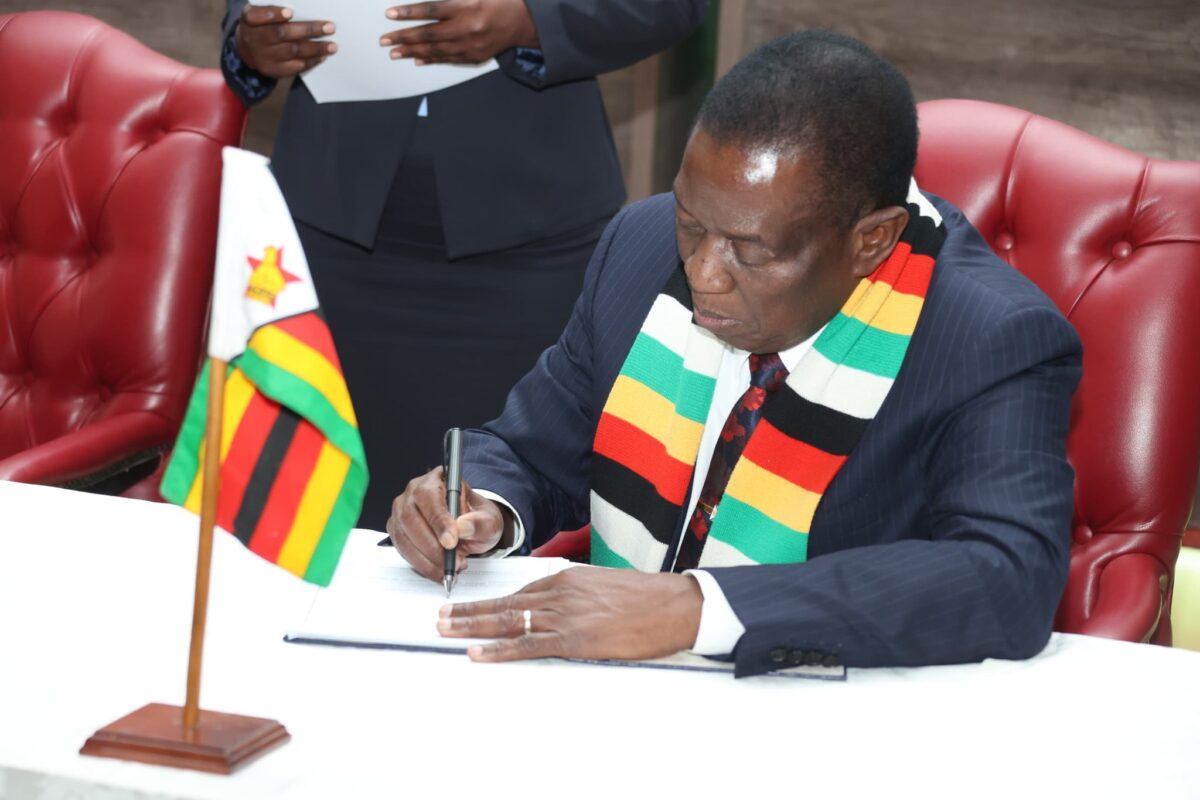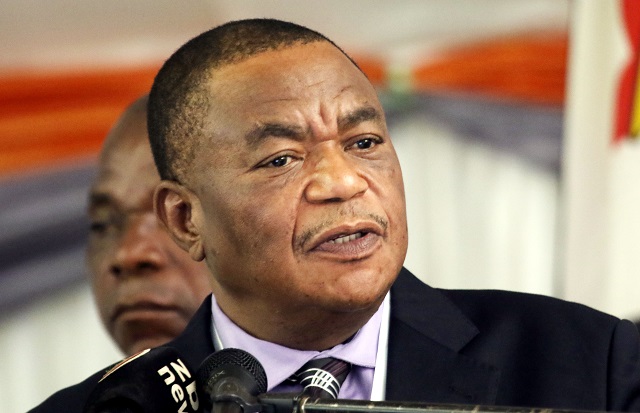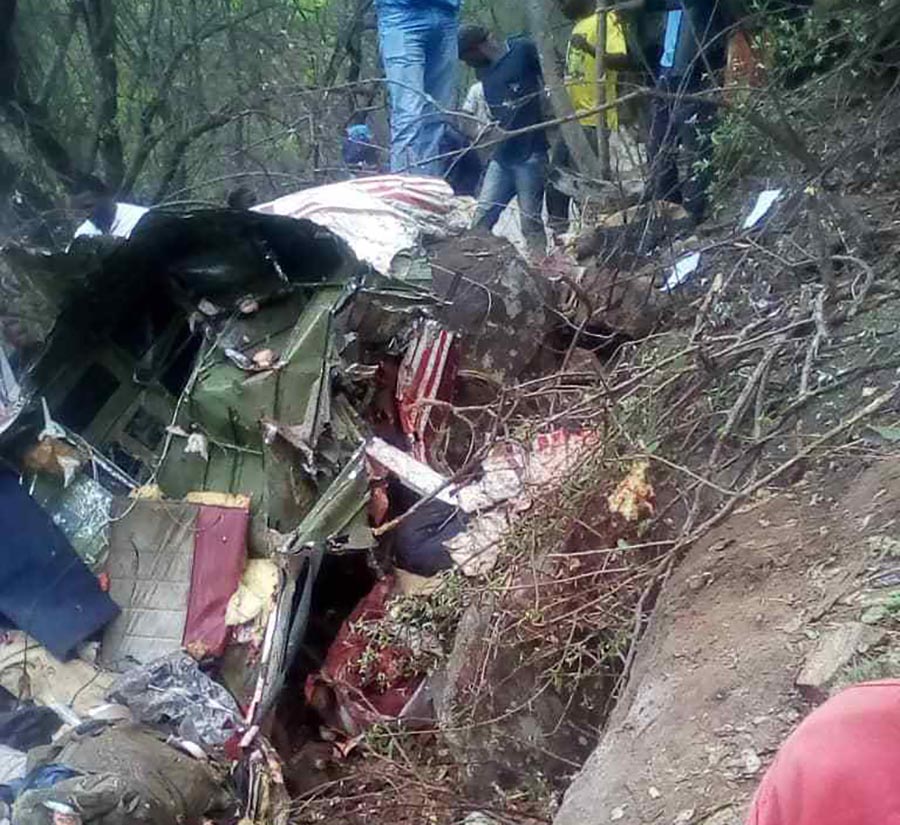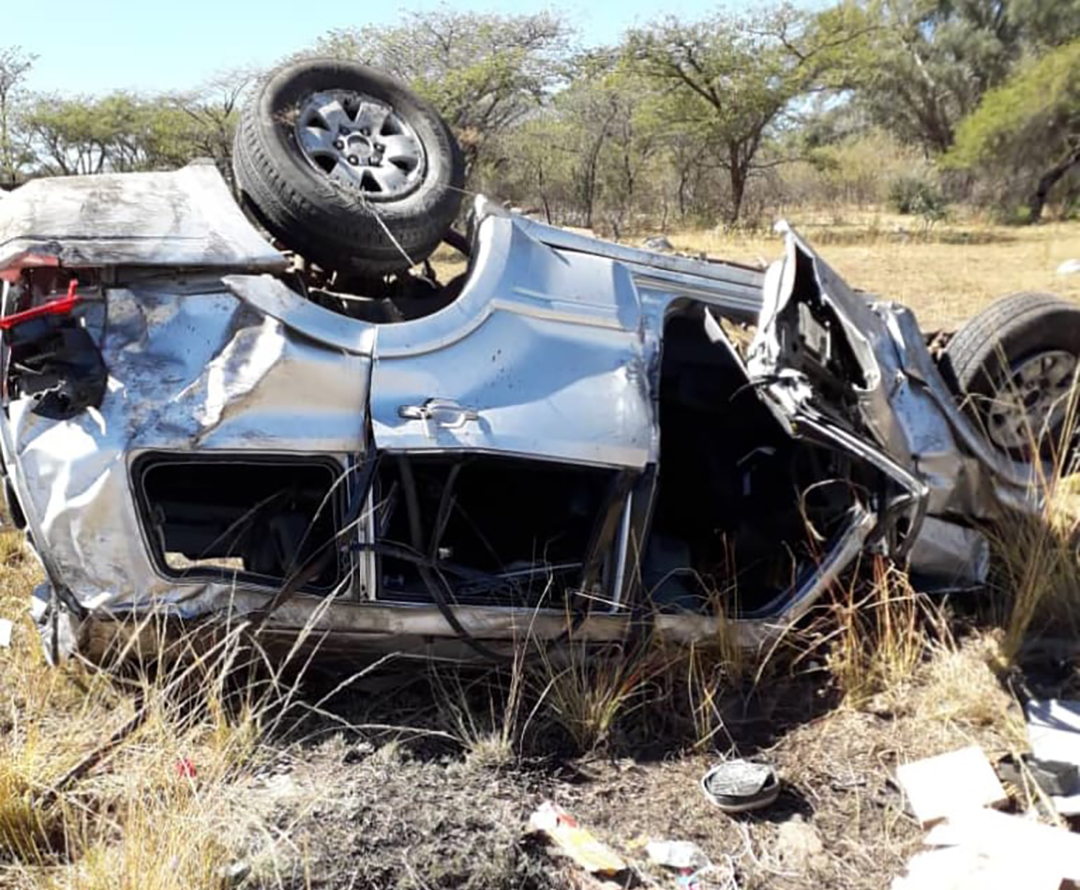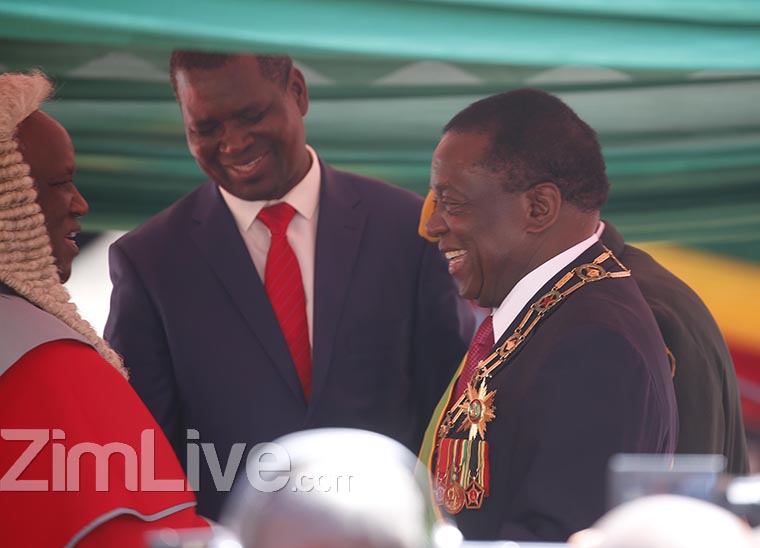HARARE – Major energy supply issues continue to threaten Zimbabwe, with reports coming out of the southern African nation of significant impacts on mining production.
New data has revealed that the country’s gold production fell by 15% to 30 tonnes in 2023, with a continuing power crisis cited as having a major impact.
The local Chamber of Mines has also stated that ongoing power outages have made 2023 an extremely difficult year for the local mining industry.
The securing of power supplies has become such an issue in the country that mining companies are reported to be paying their electricity bills in advance.
This, however, has failed to stop them from being impacted throughout the year.
The mining industry is a key driver of the economy, contributing 13% of GDP and more than 60% of annual foreign currency earnings.
The southern African nation was once ranked among the top gold producers on the continent and, while it remains a significant producer of platinum and lithium, that position continues to slide.
According to the World Bank, Zimbabwe possesses abundant mineral and natural resources that, if well managed, can support the country’s development objectives.
However, it also recently reported that mining sector growth is projected to slow in 2023, partly affected by electricity shortage, inflation and exchange rate pressures.
The World Bank noted in a new report that, despite some recent achievements, Zimbabwe’s electricity sector still faces major challenges.
“The country still suffers from significant power deficits,” the report noted.
In 2020, the available generation capacity was 1,585 megawatts compared with a peak demand of 1,900 MW, forcing power outages of 12–14 hours a day,” the World Bank noted in its new “Electrifying Zimbabwe’s Growth Through Reliable and Universal Energy Access” report.
Zimbabwe’s power shortages are estimated to cost the country a total of 6.1% of GDP per year, comprising 2.3% of GDP in generation inefficiencies and excessive network losses and 3.8% of GDP on the downstream costs of unreliable energy.
“The electricity deficits have been weighing on the economy, particularly in mining, by reducing the margins of existing operations and on the feasibility evaluations for expansions and new projects,” said Victor Steenbergen, the World Bank’s senior country economist for Zimbabwe.
Both the Zimbabwean government and the country’s mining sector will be closely monitoring the activity of Australian oil and gas junior Invictus Energy (ASX: IVZ) when it kicks off its next campaign at the crucial Mukuyu gas discovery.
In late 2023, Invictus announced the discovery at the Cabora Bassa project and it is widely believed it has the potential to be a critical supplier to the nation and the mining sector.
Mukuyu is now considered a major southern African gas discovery with an estimated 20 trillion cubic feet of gas and 845 million barrels of conventional gas-condensate reserves.
Following the confirmation of the world-class discovery, Invictus immediately signed an updated gas supply memorandum of understanding (MOU).
The updated MOU builds on the previous agreement signed in December 2019 with Tatanga Energy and is a precursor to the negotiation of a full long term gas sale agreement to supply sufficient gas to power the proposed plant.
Invictus is already discussing a potential expansion of the plant in future phases to up to 1,000MW, or a forecasted demand of approximately 1.4 trillion cubic feet of natural gas over 20 years.
Preliminary feasibility studies have identified a number of suitable locations that provide the ability to supply electricity through the local grid as well as potentially export to customers through the Southern Africa Power Pool.
This is the second major gas sale MOU executed for the Cabora Bassa project. An earlier agreement was executed with Sable Chemicals covering the potential provision of gas feedstock for the manufacture of ammonium nitrate fertiliser, which is currently supplied by rail from South Africa.
Zimbabwe is viewed as having significant potential for the discovery and development of battery metals – in particular, lithium.
In December, the share price of Australian critical metals exploration and development company MetalsGrove Mining (ASX: MGA) rose on news it had entered into strategic agreements to acquire six contiguous and highly prospective lithium-tin-tantalum claims in the country.
Included in the acquisition is the Arcturas Lithium Project (ALP) situated 35km northeast of Harare and the Beatrice Lithium Project is located 55km south of Harare in Zimbabwe, including six new lithium claims covering 510ha.
The ALP is close to the Arcadia lithium mine and Arcturas gold mine.
The region is the best-known pegmatite zone that is mineralised in spodumene, lepidolite, beryllium, tantalum, and caesium. SMALL CAPS







